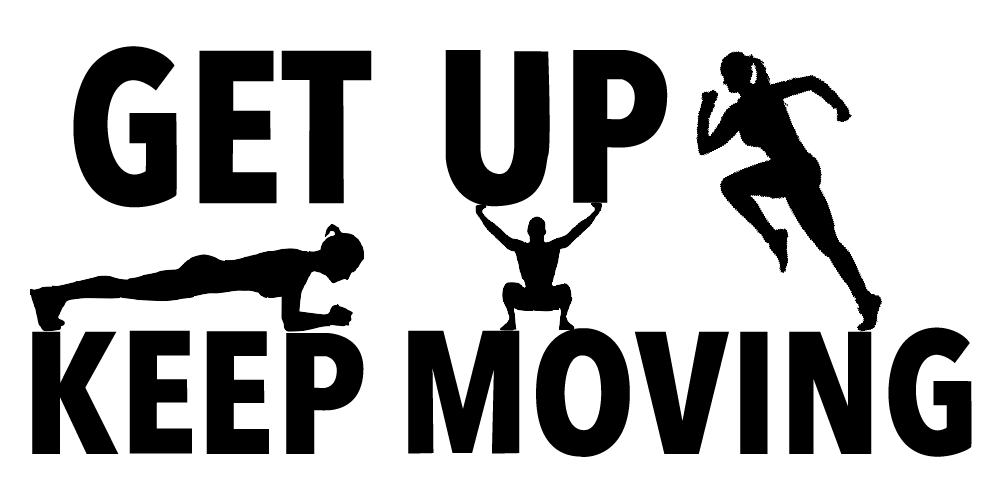Hello friends~
Just wondering – do you train at the gym, work out from home, in person, or virtually? Are you taking classes or using a personal trainer or coach?
Wherever and however you train, it’s likely that you overhear advice – absolutes, like fill-in-the-blank: “never do _______.”, “the best__________”, always________”, or “no pain no gain”, or “too old”, “bad knees, back, shoulders…”, “if it hurts don’t do it”, and my (ugh) favorite “listen to your body”.
Your body is not in charge, your brain is – consciousness – the CEO upstairs, the boss of your machine. Toss into your mental junk file: messaging that makes you question what you’re doing, makes you hesitate, or instills fear. Fear is a liar, and pain is often misunderstood.
We all occasionally check out training articles and watch workout videos online. Be wary. There’s all sorts of stuff out there leading us to question everything we do, to stop doing what we’re doing, and instill fear – usually to get us to sign up for something or to buy stuff. The brain needs to step in and take charge.
Some enduring training myths, misleading information, and just plain nonsense:
Weight training will make a woman bulky. Impossible unless you’re deliberately taking substances to achieve that look. Or if you’re the one-in-a zillion with crazy genes.

You can tone, sculpt, firm, and lengthen muscles. Nope. All the same – strengthen. Build muscle, and lose body fat. Feel better. Probably look better. That’s it.
Muscles will look different if you train them differently. That’s also genetic. Some people will train for strength and the muscles will look one way, and the next person will train the same way but the muscles will look different. Train for strength, and muscles might also get bigger. By the way, do not waste your time doing a bazillion reps with tiny weights. Lift heavy => get strong. Find a coach to teach you mechanics to lift effectively and safely. By the way, you can get injured doing those bazillion light weight reps.
Lunges and squats are bad for the knees. AN ORTHOPEDIC SURGEON told me this a few years ago during my first bout of knee pain at age 65. (And helpfully demonstrated how to bend from his back to pick up an object on the floor.) Do you have a stand-up toilet? Do you have an elevator in your home? (Well, maybe you do but still…) We all need to know how to squat and lunge effectively, and safely using the big guys – the glutes and legs – which will stabilize the knees. Quick, find a qualified coach and learn to squat and lunge. You’ll thank me for this one. By the way, my knees are the dreaded “bone-on-bone” and I am now totally asymptomatic with physical therapy and training.
To reduce arthritis symptoms you should stop using the affected joint/muscle. ANOTHER ORTHOPEDIC SURGEON gave me this advice. Significant arthritis (painful and highly unattractive) in my hands led me to this specialist, who told me to stop lifting kettlebells, barbells, etc, stop rowing, and stop pushing or pulling on the handlebar of my bike, essentially stop all gripping. Gah. Exercise is crucial for people with arthritis. Grip strength is essential in training the entire body and is tied to longevity. By the way, with physical therapy and exercise I am completely asymptomatic now, continually getting strong and having fun!

Pain means stop. Clients are sometimes not sure of the difference between muscle soreness, inflammation, joint or muscle injury, and lactic acid burn. We’ve been conditioned to think that if something hurts we should stop doing it. (“If it hurts don’t do it” – advice from another orthopedist.) Pain is a neurological message to your brain to assess, and move forward intelligently. Movement as well as rest and recovery are critically important. Seek out advice and therapy from a professional you trust. By the way, inflammation feels terrible, but it’s the body’s way of repairing injury.
Last but not least:
If we train a muscle group on one day we should not work out those muscles again the following day. Well like everything else, it depends. Conventional wisdom is debunked with greater knowledge of how our bodies work. Age, proficiency/experience, weight, and training volume, all have to be taken into consideration. The 48-hour rest period between workouts might be old-school advice. If workouts are set up properly, your muscles might be ready for action a lot sooner than was previously believed. By the way, I row and lift kettlebells almost every day.
Hope you’re having fun this spring, getting outdoors, really enjoying being active, and trusting that your body is so much stronger, more resilient and adaptable than you know, as this remarkable, inspirational young amputee has demonstrated running 104 marathons in 104 days!
Onward!
Polli




